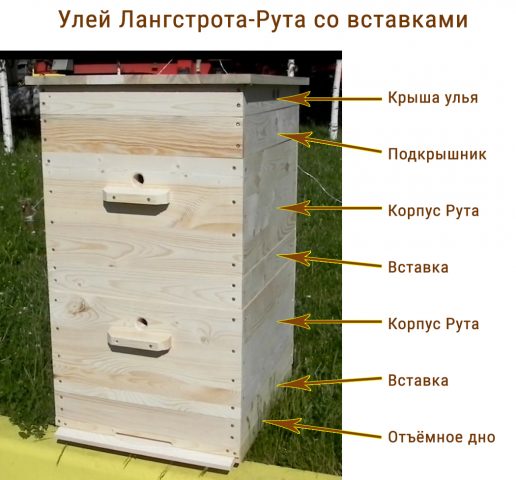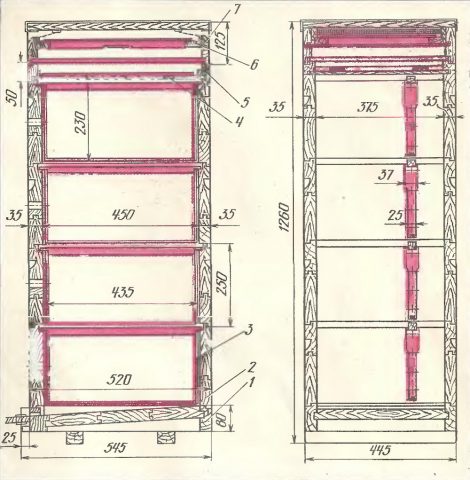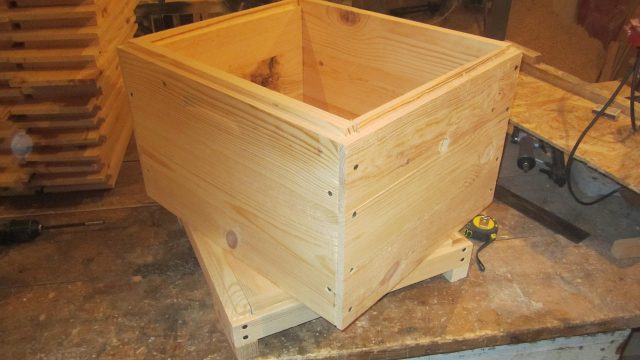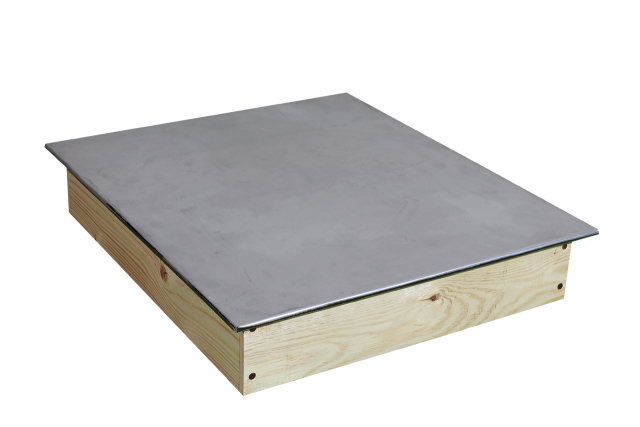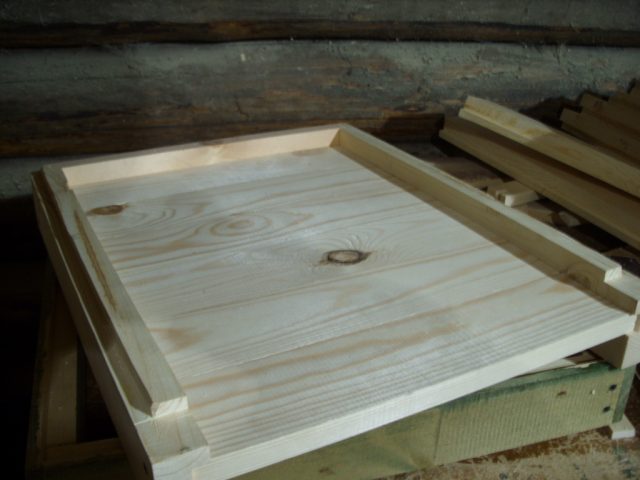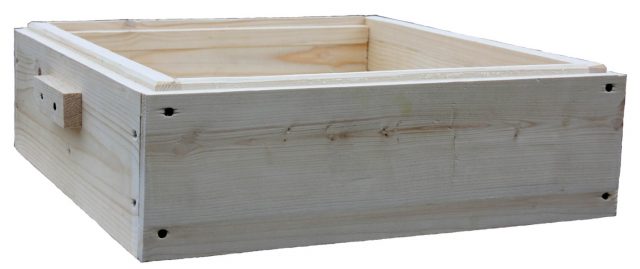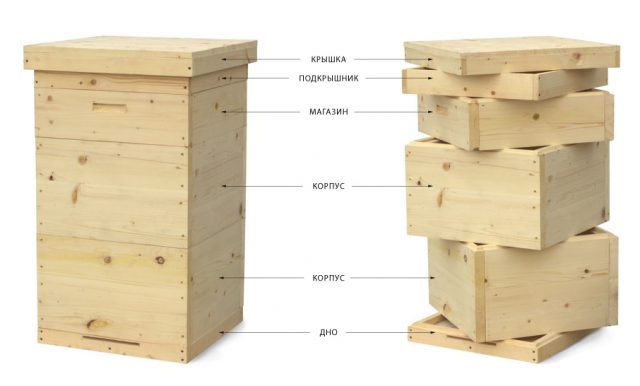Content
The Ruta hive is by far the most common model of a home for a bee colony. This invention was obtained thanks to the developments of a famous beekeeper living in America. The first development was created by L.L. Langstroth, later the model was finalized by A.I.Ruth. As a result, the resulting model of the bee house is correctly called the Langstroth-Ruth hive.
A few facts from history
Langstroth is a name that stands next to those figures who have made a significant contribution to the development of beekeeping. It is he who owns the revolutionary development - the creation of the opening Langstroth hive with movable honeycomb frames. The written work was published in 1853 and went through about 20 reprints.
Initially, the development was subjected to revisions, in which a group of renowned beekeepers took part. As a result, the book "The Beehive and the Honey Bees" was published, which was later translated into all popular languages. The first edition went on sale in bookstores in 1946. Residents of the USSR saw this book in 1969 thanks to the publishing house "Kolos".
AI Ruth, relying on the development of Langstroth, has developed a multi-level bee hive, which today is highly popular among beekeepers. Ruth left a small-sized body and a shortened frame, from additions he introduced a flat roof and a removable bottom.
Design features of Ruta hives
If we consider the design features and dimensions of the Ruta hive for 10 frames, then it is worth noting the following:
- the body is a box, while the bottom and the lid are absent;
- the store is slightly smaller in height than the body;
- both in the case and in the store there are small protrusions on which frames are installed;
- the frame of the Ruta hive is much smaller than that of other models;
- the bottom is used by insects as a taphole, so it does not have a front wall;
- the roof is flat;
- if necessary, parts of the structure can be displayed in any sequence convenient for the beekeeper;
- a lattice is installed in the lower part of the bee house, which allows you to isolate the queen of the hive;
- the bottom notch is the widest and there is a closing insert with small holes.
As a rule, insects use 1-2 bodies for wintering, so the rest should be removed before wintering. The lower notch must be closed with a special liner.
Advantages of rutovsky hives
The popularity of Rut's hives is due to the large number of advantages that even experienced beekeepers note:
- if you use the Ruta hive in accordance with all the recommendations for the correct maintenance of bee colonies, you can significantly increase the amount of collected pollen and honey, all this increases not only the productivity of the apiary, but also the possible income from the sale of finished products;
- due to the design features, it is possible to increase the size of the rutovsky hive, in this case it is recommended to use a half store or an extension with twilight;
- keeping bee colonies in such hives is as comfortable as possible, since the conditions are close to their natural habitat, thanks to the multi-hull device, it is possible to expand and strengthen the insect family, comfortable living conditions increase the level of productivity;
- if necessary, the product can be purchased in a specialized store or created at home on your own, Ruta hives have an acceptable cost;
- As a rule, beekeepers start cleaning the hives in spring, such models allow work to be carried out without much effort - it is enough to replace the old bottom.
In addition, it is worth considering that the honeycombs are in the upper part, as a result of which it is convenient to pump out honey without disturbing the bee nests.
Sizes of Ruta hives
If you take into account the standard drawing of the Ruth hive for 10 frames with dimensions, then the size values can be seen in the table below.
| Length (in mm) | Width (in mm) | Height (in mm) |
Housing | 520 | 450 | 250 |
Internal dimensions of the Ruta bee hive | |||
Housing | 450 | 380 | 240 |
Roof liner | 450 | 380 | 70 |
Roof | 450 | 380 | 70 |
External size of the Ruta hive, while the thickness of the board should be 35 mm | |||
Roof liner | 520 | 450 | 80 |
Bottom | 520 | 450 | 70 |
Roof | 520 | 450 | 80 |
The thickness of the board should be chosen based on the climatic conditions of a particular region. The lower the temperature in winter, the thicker it is necessary to purchase material for building a house for insects.
How to make a Ruta beehive with your own hands
If you have the necessary tools and building materials at hand, then you can assemble the required size of the Ruta hive at home. The production technology is simple, if you take into account all the nuances in advance, have a drawing at hand and carry out the work in stages.
Tools and materials
Many beekeepers are trying to find drawings and dimensions of the Ruth hive for 12 frames, in this case it should be borne in mind that this model includes 10 frames, 12 frames have a Dadan-Blatt hive model. As a rule, special skills are not required to make a house for bee colonies at home. The main thing is to adhere to all recommendations and prepare all the material and tools that will be needed in the process of doing the work.
To create a durable and cozy insect house, you need to purchase:
- dry wood, the thickness of which will be 35 mm;
- fastening - screws and nails;
- screwdriver;
- hammer;
- saw;
- glue.
Having all the necessary tools and materials, you can independently create hives that are suitable for insects.
Do-it-yourself rue hives: drawings + dimensions
Creating a 10-frame root hive at home is not as difficult as it might seem at first glance. To complete all the work on assembling Ruta hives correctly, you should take into account all the nuances, create your own drawing, or adhere to standard sizes. It is recommended to carry out all the work in stages, strictly observing all the step-by-step recommendations.
The first step is to start assembling the inner walls. For these purposes, it is necessary to use wood, the thickness of which varies from 2 to 4 cm. The side walls should have parameters - 53 * 32 cm, front and rear - 60.5 * 32 cm. All parts are fastened together.
After that, they begin to assemble the outer walls, the dimensions of which are 67.5 * 50 cm. Boards can be taken of a smaller thickness than for the inner walls. Fastening is carried out without the use of glue. The upper body is put on the inner one and fixed with nails. After that, tap holes are made.
The roof consists of a gable and a ceiling, between which you must first leave a small gap, which is designed for the circulation of air currents. The thickness of the boards should be 1-1.5 cm. The roof is covered with a waterproof material.
When assembling the bottom, it should be borne in mind that the edges should slightly protrude beyond the boundaries of the finished structure by about 2-3 cm, this is necessary to form the arrival board.
Stores are made according to the same principle as the body. The only exception is the presence of protrusions beyond the borders of the frames. If necessary, frames can be purchased at a specialized store or made yourself.
This completes the work, you can put the hive in the apiary and populate the bee colony.
Features of breeding bees in rutovsky hives
If we take into account the natural habitat of insects, then, as a rule, the honeycomb is filled from the very top, the same happens in the Langstroth-Ruth hives. If you periodically swap the hulls so that there is an empty store between them, you can significantly increase the amount of honey.
Workers move freely throughout the hive, providing the eggs, queen of the hive and larvae with everything they need to develop. After the brood has hatched, there is little room, as a result of which after a few weeks it is recommended to expand the hive - add a new housing, which is placed between 1 and 2.
Frames filled with artificial foundation are placed in an empty case. In the same way, it is worth adding the 4th and 5th bodies, at the same time changing the places of the brood, making a gap between it and the main mass. The nest can be reduced if necessary.
Conclusion
The Ruta hive is the most common model for bees. At the time of its creation, this invention was a real breakthrough in beekeeping, as a result of which the development pleases beekeepers around the world for many years. Such hives are used not only for small personal apiaries, but also on an industrial scale. Many believe that such success was obtained due to a significant benefit for most beekeepers, in addition to this, Ruta hives make the life of insects as comfortable as possible, since the conditions are close to natural.

